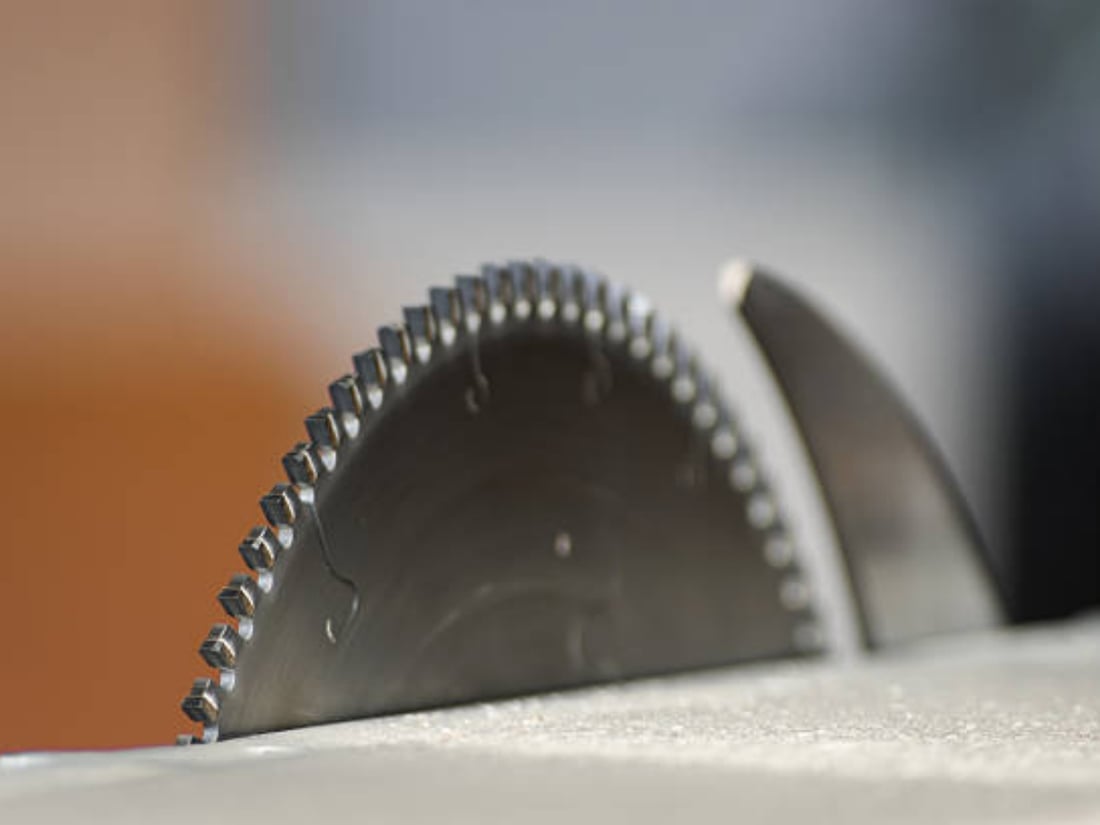Introduction
Welcome to our comprehensive guide on metal hand saw blades. In this article, we will explore everything you need to know about these essential tools for metalworking and construction. From understanding the different types of blades to choosing the right one for your project, we've got you covered. So, let's dive in and discover the world of metal hand saw blades!
Understanding Metal Hand Saw Blades
Metal hand saw blades are cutting tools specifically designed for cutting through various types of metal materials. They feature sharp teeth or serrations along the edge, enabling them to cut efficiently through metal with precision. These blades are commonly used in industries such as construction, carpentry, plumbing, and metalworking. Choosing the right blade for your specific application is crucial to achieving clean and accurate cuts.
Types of Metal Hand Saw Blades
There are several types of metal hand saw blades available, each designed for different cutting tasks and materials. Let's explore some of the most common types:
Hacksaw Blades
Hacksaw blades are the most commonly used type of metal hand saw blades. They are versatile and suitable for a wide range of cutting tasks. Hacksaw blades are available in different lengths and tooth configurations, allowing you to choose the right blade for your specific needs.
Bi-Metal Blades
Bi-metal blades consist of two different types of metal fused together. These blades offer enhanced durability and cutting performance. The high-speed steel teeth provide the cutting edge, while the flexible alloy steel back ensures strength and stability.
Carbide Grit Blades
Carbide grit blades are specifically designed for cutting through hard and abrasive materials such as tile, stone, and cast iron. These blades feature carbide particles bonded to the cutting edge, providing superior cutting performance and longevity.
Diamond Blades
Diamond blades are the ideal choice for cutting through extremely hard materials like concrete, glass, and ceramics. These blades feature a diamond grit coating on the cutting edge, allowing them to effortlessly slice through even the toughest materials.
Choosing the Right Metal Hand Saw Blade
Choosing the right metal hand saw blade involves considering several factors. Let's take a look at some key considerations:
Material Type
The type of material you are cutting plays a crucial role in blade selection. Different blades are designed to handle specific materials, so ensure you choose a blade suitable for the metal you will be working with.
Tooth Configuration
The tooth configuration determines the cutting speed and the finish of the cut. Coarser teeth are suitable for faster cuts, while finer teeth provide a smoother finish. Consider the thickness of the material and the desired result when selecting the tooth configuration.
Blade Length
The blade length should be chosen based on the thickness of the material and the accessibility of the cutting area. A longer blade allows for a wider range of cutting applications, while a shorter blade offers better maneuverability in tight spaces.
TPI (Teeth Per Inch)
The TPI refers to the number of teeth per inch on the blade. Higher TPI blades are suitable for cutting thinner materials, while lower TPI blades are more suitable for thicker materials. Consider the thickness of the material and the desired cutting speed when choosing the TPI.
Maintaining Metal Hand Saw Blades
To ensure the longevity and performance of your metal hand saw blades, proper maintenance is essential. Here are some tips to keep your blades in top condition:
Regular Cleaning
After each use, make sure to clean the blade thoroughly to remove any metal shavings or debris. This will prevent build-up and maintain optimal cutting performance.
Proper Storage
Store your metal hand saw blades in a dry and clean environment to prevent rusting. Consider using blade guards or sheaths to protect the teeth and prevent any accidental damage.
Blade Sharpening
If you notice a decrease in cutting performance, it may be time to sharpen the blade. Follow the manufacturer's instructions or consult a professional to ensure proper sharpening without damaging the blade.
Conclusion
Metal hand saw blades are essential tools for various metalworking and construction tasks. By understanding the different types of blades and considering important factors such as material type and tooth configuration, you can choose the right blade for your specific needs. Remember to properly maintain your blades for optimal performance and longevity. Armed with this knowledge, you are now ready to tackle your next metal cutting project with confidence!


